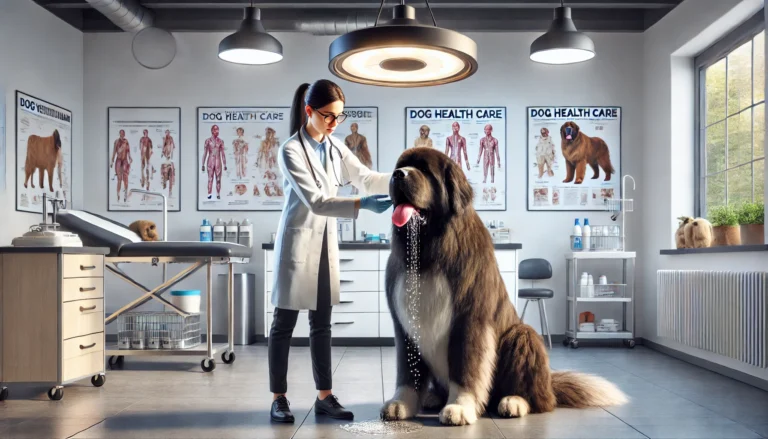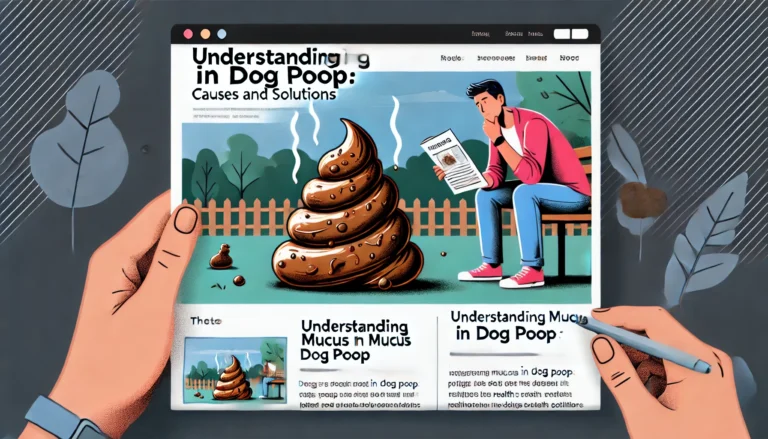does the dog die? 7 Signs a Dog is Dying

does the dog die? Know the crazy facts
As pet owners, our dogs are more than just animals; they are family members. The thought of losing them is heartbreaking, but understanding the signs that a dog is nearing the end can help us prepare to provide the necessary comfort and care during their final days. This extensive guide will help you recognize the different signs and symptoms that could indicate your dog is dying, covering the emotional, physical, and behavioral aspects to watch for.

Recognizing the Signs and know does the dog die?
1. Behavioral Changes: Isolation and Decreased Social Interaction
One of the earliest signs a dog is dying is a noticeable decrease in their interest in social interactions. Dogs that are usually lively and outgoing may start seeking solitude, a behavior that could be misinterpreted unless you know what it implies. It’s not only natural but also a deeply ingrained instinct—dogs often isolate themselves when they’re vulnerable.
2. Physical Decline: Loss of Appetite and Weight Loss
does the dog die? As dogs approach the end of their life, it’s common for them to show less interest in food, a sign that their body is starting to shut down. This can lead to significant weight loss and a decrease in physical strength, which may also result in decreased mobility and more frequent resting.
3. Changes in Appearance and Hygiene
A dying dog may have a disheveled appearance as they lose the ability to groom themselves. This change might necessitate the use of dog period pads, especially if they begin to experience incontinence, which is common in the final stages of life.
4. Pain and Discomfort Signs
Recognizing when your dog is in pain is crucial. You might notice signs like labored breathing, whimpering, or a reluctance to move. Managing their pain might involve medications or comfort measures such as a life comfort blanket to keep them warm as their body temperature begins to drop.
Do you know
Roses, with their enchanting beauty, are a common feature in homes and gardens, but can they pose a risk to cats.
5. Signs of Serious Health Issues
It’s difficult to know that does the dog die? Symptoms such as vomiting, seizures, or severe lethargy can occur in the final stages of various diseases, like Cushing’s disease or cancer. These signs can also include specific changes, such as the dog’s stomach gurgling more than usual or a sudden inability to control their bladder, necessitating the use of doggy diapers.
6. Cognitive Dysfunction and Sensory Decline
Older dogs often experience a decline in their cognitive functions, which can be an indicator of their overall deteriorating health condition. This question “does the dog die” still remain the doubtful. This may manifest as confusion, disorientation, or even significant changes in their sleep patterns—do elderly sleep a lot before death? Yes, increased sleep is common.
7. The Final Moments: Labored Breathing and Unresponsiveness
As death nears, you might notice your dog’s breathing patterns change. There may be periods where they pant heavily or hardly breathe at all. The gums may turn pale or blue, a sign of decreased circulation, which is a critical indicator that the body is shutting down.
Emotional and Spiritual Considerations of does the dog die?
Do Dogs Understand Death?
Many pet owners wonder if their pets understand what is happening to them. While it’s hard to say for sure, there is anecdotal evidence suggesting that dogs might have an awareness of their declining state. Some behaviors, like the poignant act of saying goodbye to their owners, can seem like an acknowledgment of their impending departure.
After They Pass: Signs Your Deceased Pet Is Visiting You
The grief of losing a pet can be overwhelming, but some believe that pets can still send signs to their owners after passing. Whether it’s a familiar sound or a feeling of their presence, these signs can offer comfort to grieving owners.
Coping with the Loss
Losing a pet is never easy. It’s important to allow yourself to grieve and find support from friends, family, or groups who understand the pain of losing a beloved pet. Memorials or rituals can also provide some solace in honoring your pet’s memory. The most saddest question and doubt still saddens you that “does the dog die”?
Conclusion of does the dog die?
Understanding these signs a dog is dying can prepare you emotionally and practically to handle this difficult time with compassion and dignity. Every moment spent with your dog is precious, and knowing when to let go is part of the profound duty of care we owe to our loyal friends. Remember, it’s always advisable to consult with your veterinarian to ensure you’re providing the best care possible in your dog’s final days.
What happens right before a dog dies?
Right before a dog dies, they often exhibit certain signs such as extreme lethargy, unresponsiveness, and loss of consciousness. Their breathing may become very slow and irregular, and it may appear as if they’re gasping for air. Sometimes there is a final reflexive breath before all movement ceases.
How do you know when a dog is close to death?
A dog close to death may withdraw from daily activities and show less interest in their surroundings. They may stop eating and drinking and will often have a significant decrease in mobility. Additionally, their breathing may change, becoming irregular or labored.
How do you know when a dog is coming to the end of its life?
Signs that a dog is coming to the end of its life include severe weight loss, persistent lack of appetite, incontinence, and visible signs of discomfort or pain despite pain relief measures. Dogs may also sleep more than usual and show little interest in engaging with family members or other pets.
How do you know if a dog is suffering?
A dog may be suffering if they show persistent signs of discomfort such as whimpering, groaning, or other vocalizations. Physical signs like restlessness, difficulty lying down, and labored breathing are also indicators of pain or distress.
Do dogs cry at the end of life?
Dogs do not cry tears due to emotions like humans, but they can vocalize pain or discomfort through whining or howling. It’s important to monitor any unusual vocalizations as they could indicate that the dog is experiencing pain.
What shuts down first when a dog dies?
Typically, the body functions of a dying dog shut down in a relatively predictable sequence. Digestion often slows or stops first, followed by reduced heart and respiratory rates until these systems cease to function.
What is the last stage of a dog?
The last stage of a dog’s life, often referred to as the terminal phase, involves the complete shutdown of the dog’s bodily functions. This stage can last from hours to several days and typically involves significant changes in breathing patterns, heart rate, and consciousness.
How to comfort a dying dog?
Comforting a dying dog involves creating a peaceful, quiet environment. Keep them warm with blankets, provide a comfortable bed, and stay close to offer physical and emotional support. Speak in soft tones and provide gentle petting if they tolerate it. Consult with a veterinarian for advice on pain management to ensure their comfort.
How long is a dog’s dying process?
The dying process in dogs can vary widely. It might be sudden, or it can extend over several days. Chronic conditions may result in a gradual decline, giving the owner time to prepare for the eventual passing, whereas acute conditions can lead to a rapid decline.
What are the final moments of a dog’s death?
During the final moments, a dog may experience several reflex actions, such as muscle twitching or gasps. They may lose control over their bladder and bowels and fall into a deep unresponsive state before their breathing and heart eventually stop.
Can dogs pass away naturally?
Yes, dogs can pass away naturally. When they do, it typically occurs from old age or as the end stage of a chronic illness. Natural death, however, can still involve discomfort or pain, and monitoring by a veterinarian is recommended to ensure humane treatment.
How can I help my dog pass away peacefully?
Helping a dog pass away peacefully involves managing any pain or discomfort they might be experiencing with appropriate veterinary care. Keeping them comfortable, calm, and reassured by your presence can also help ease their transition. Consider discussing end-of-life options, including euthanasia, with your veterinarian to determine the best course for your dog’s specific situation.






